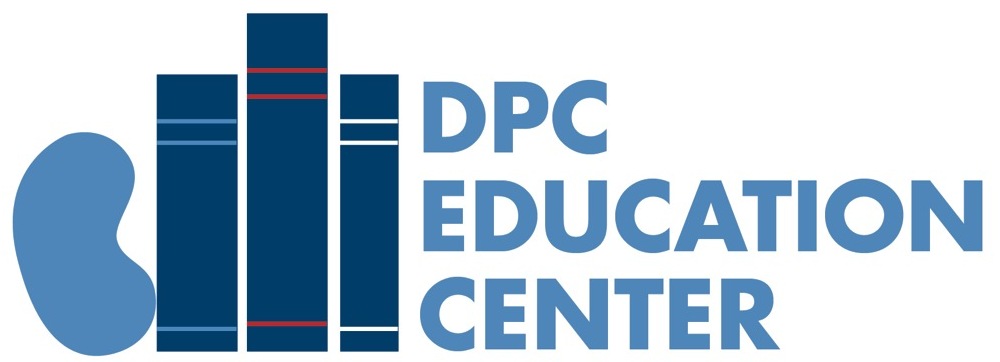While high blood pressure is when the force needed to move blood is too much, hypotension, or low blood pressure is when there is not enough force to move blood. Low blood pressure can cause a lack of blood flow to vital organs, including kidneys, causing chronic kidney disease. Symptoms of low blood pressure can vary. Some of the more common signs are dizziness, nausea, headaches, muscle cramps, and in more severe cases, non-responsiveness, chest pain and loss of consciousness.
Low blood pressure can also take place in patients during dialysis treatment. As fluid is pulled out of your blood through the dialyzer, the volume of fluid in your bloodstream starts to drop. Your body starts to transfer fluid from the tissue space into your bloodstream. During this process, you may suffer a drop in blood pressure if you don’t have enough fluid in the tissue space to transfer, or if the transfer can’t occur quickly enough.
Fact Sheets: |
Classroom: |
|
|
|



